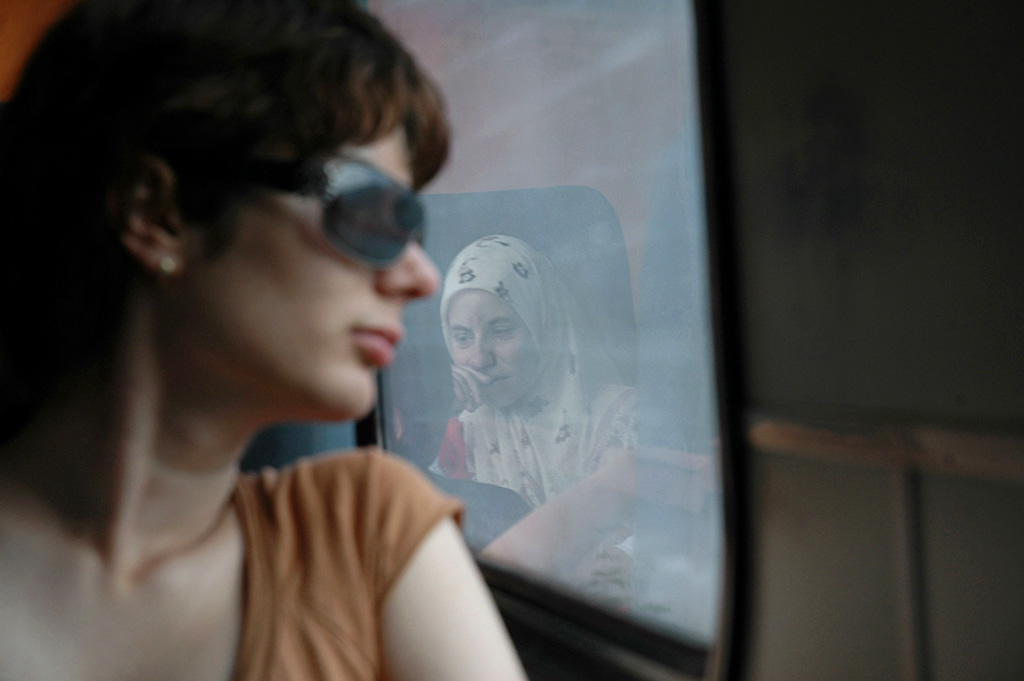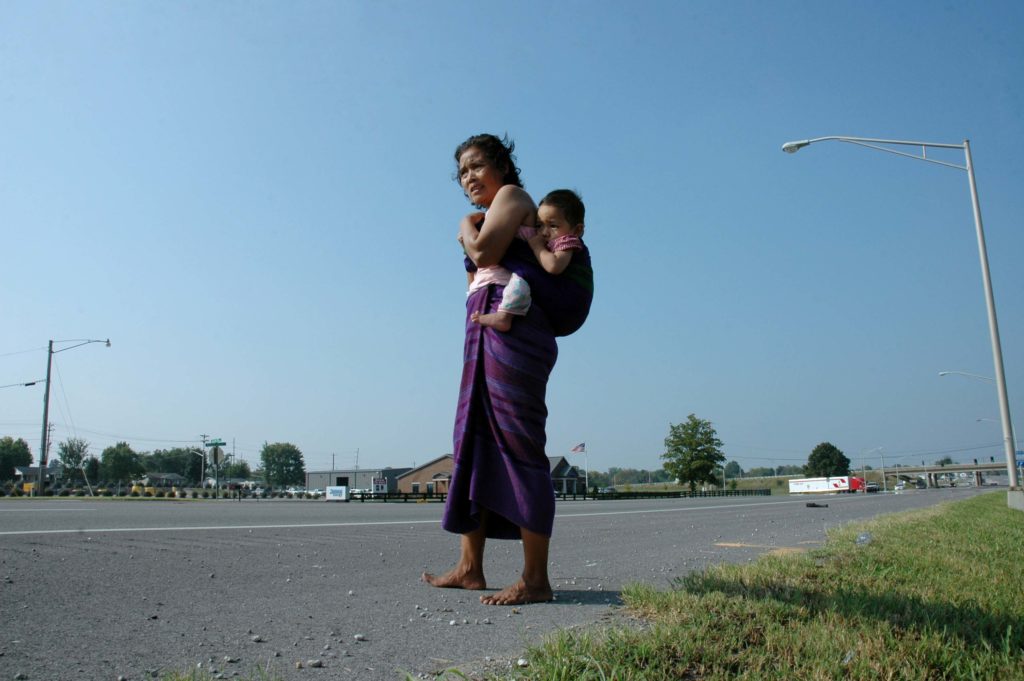
My best friend Tanja and I were separated during the Bosnian war in the 1990s. Tanja went to live in Italy. I stayed, watching people pour into my hometown, fleeing from surrounding villages. I delivered clothes and food to them. They spoke with different accents, much like someone from Boston finding themselves in Nashville, and we turned our schools into shelters for them. We called them refugees.
Soon, I found myself with no choice but to join them in their flight. I caught the ‘last bus’ to America, and watched familiar people fade in the distance. My grandma, my friends…
I knew that I did not want to be defined by this word: refugee. Refugee was that old mattress I slept on my first year in the United States. Refugee was the basement I hid in while planes dropped bombs on my town. Refugee was as dirty as my school where refugees slept and, nearly 20 years later, it is as dirty as camp Opatovac in Croatia where I recently witnessed one of the world’s most recent refugee migrations.
Dijana Muminovic, ‘I’m a Refugee‘
Dijana Muminovic is a Bosnian-American documentary photographer. As she recounts in this podcast episode, she was 9 years old when the Bosnian War broke out in April 1992, and her childhood was dominated by the conflict. She vividly remembers the day it started: out picking flowers, she heard the first siren, followed by a sound that she would learn was the noise of a bomb; and she ran to hide for the first time in the family’s basement. That routine became part of her childhood for the next four years: lots of time hiding in bomb shelters, and coping without electricity, water and with shortages of food.
Dijana grew up in Zenica, an industrial town about 70km north of Sarajevo. Unlike the capital city, it was not a key target during the war; in fact, Zenica became a place to which people from other towns and villages fled. People whose homes had been bombed or burnt, and many Bosnian Muslims who had become targets of ethnic cleansing. Dijana remembers her school becoming a shelter overnight, with the gym crammed full of people. As she puts it:
‘That was my first introduction to what it meant to be a refugee. And for me, it meant that people came with nothing, having left everything they had. And they will probably never go back to their homes again…’
Dijana Muminovic, speaking on the Visualising War and Peace podcast
Dijana remembers the local community helping these refugees by supplying food, clothes and toys. But she also remembers the ‘othering’ and stigmatisation of these forced migrants, despite that fact that they were all from the same region: ‘We called our own people refugees, when they were living in their own country!’ Many had come from places that were just a short drive from Zenica, but their rural accents made them stand out – so children were made fun of when they were enrolled in the local schools.
‘Even in their most difficult situation, we helped – but we instantly tried to make differences between them and us. We noticed that they spoke differently… There was war going on, but we were paying attention to how different we were. And finding time to make fun of each other.’
Dijana Muminovic, speaking on the Visualising War and Peace podcast
As the war went on, more and more of Dijana’s friends left. As she explains in the podcast, the most difficult moments for her – beyond the terror of the bombs – were learning that another person had been killed or another person had fled. Several times during the war, Dijana’s parents had wondered about leaving Bosnia themselves. It was Dijana’s close relationship with her grandmother that stopped them.
The conflict ended in December 1995, but life remained difficult. Dijana’s parents had lost their jobs, and they had had to sell their apartment and move in with her grandmother. Then a scheme opened up for families of mixed religions to get ‘the last bus out’ and move to the US. Dijana’s father was Muslim, her mother was Catholic; so they qualified. In 1997 Dijana’s parents made all the arrangements and before she knew it, the family was on a bus to Croatia before boarding a flight to America. It was the hardest of goodbyes, as Dijana wondered if she would ever see her grandmother again or ever return to the place she had called home.
Unrecognisable landscapes. A stained mattress in temporary accommodation. The fact that people drove everywhere and no one walked. The challenges of learning English. And the feeling of homelessness, the sense of being ‘less’ than everyone else, the wondering if you will ever ‘get there’ and finally belong. These are some of the memories that Dijana shares of her early months in the US. She was often introduced to others as a refugee or as someone who did not speak good English; and that made her feel different and not fully part of the community. But she also remembers the kindness of individuals, like her English teacher who took her on days out and introduced her to different aspects of American culture. As she discusses in this article, for a long time Dijana hated the label ‘refugee’; but 25 years on since she first left Bosnia, she has begun to use the word to refer to herself with pride. She talks of the huge contribution that Bosnian refugees have made to her new home town of Kentucky, and she has developed a life-long interest in using her photographic skills to help other refugees tell their stories and to bust myths about forced displacement and migration.

You can see a sample of Dijana’s photography and read more about her work documenting refugee stories here; and you can find more about Dijana’s own story and work with victims of conflict and forced displacement on her website.